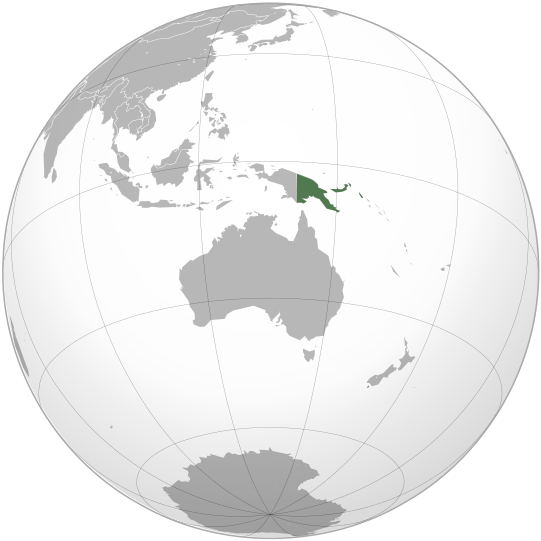I remember learning in high school that there are about 2000 living languages in Africa today, although that number is decreasing as lingua francas like Swahili, English, French, and Xhosa become more standardized. This is a pretty large number, though not unimaginably so: Africa is about 11.73 million square miles in area, so on average, an African language might be spoken across about 5900 square miles, an area slightly larger than Connecticut (though this number is a massive oversimplification; most languages overlap geographically with others, many Africans are multilingual, and many areas of Africa are largely uninhabited). And Africa has a population of about 1.2 billion, so the average African language might have about 600,000 speakers (though again, the prevalence of multilinguality throws a wrench in the gears of this calculation, and a few very common languages — like Swahili, which has 50-180 million speakers — skew this number up a lot). In other words, Africa has a lot of languages, but it’s also huge, and therefore doesn’t have a language density too much higher than that of Eurasia.
Recently I read that Papua New Guinea has 840 living languages, almost half as many as all of Africa. That number is almost unimaginably large to me. Here’s a map of Oceania, with Papua New Guinea highlighted:

It’s the eastern half of an Austronesian island and has a landmass of about 179,000 square miles. That gives it a language density of roughly 210 square miles per language. Its population is ~8.4 million, meaning that languages are on average natively spoken by about 10,000 people, or possibly less.
Basically, this is hard for me to imagine because we’re talking about an area that would be a mid-sized nation were it in Africa that nonetheless houses almost half as many languages as the entire continent. Only Vanuatu, another Pacific island nation, has a higher language density, with more than 100 languages over 4700 square miles and 272,000 people.